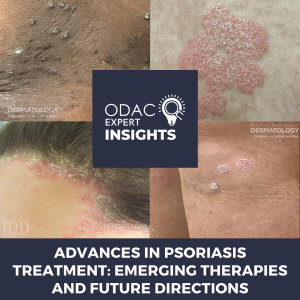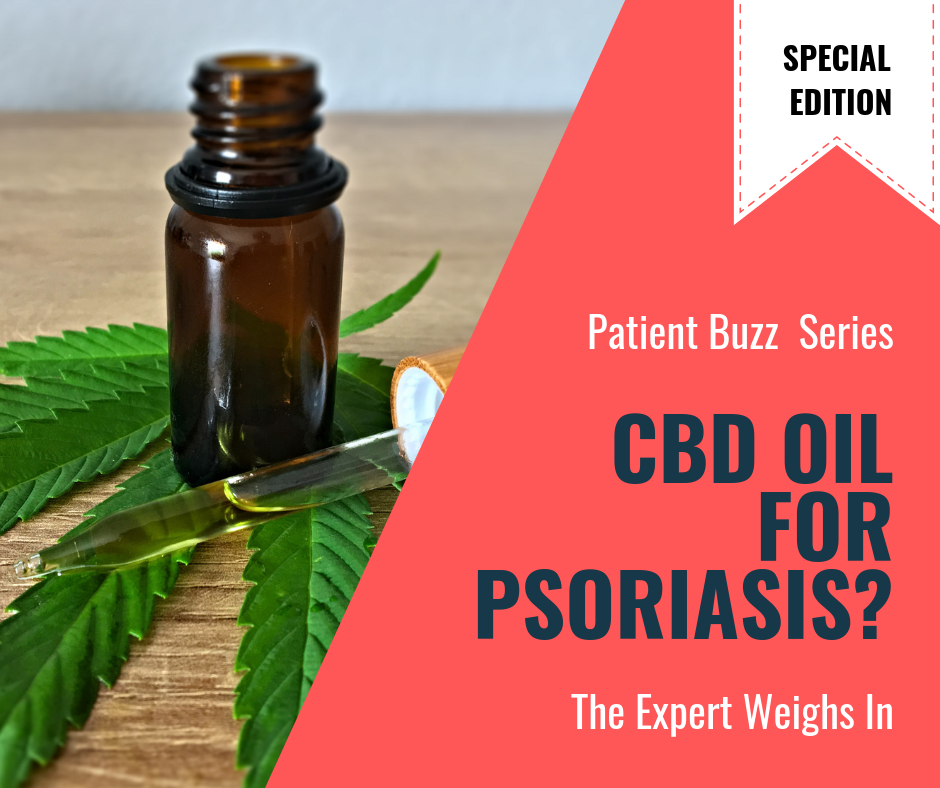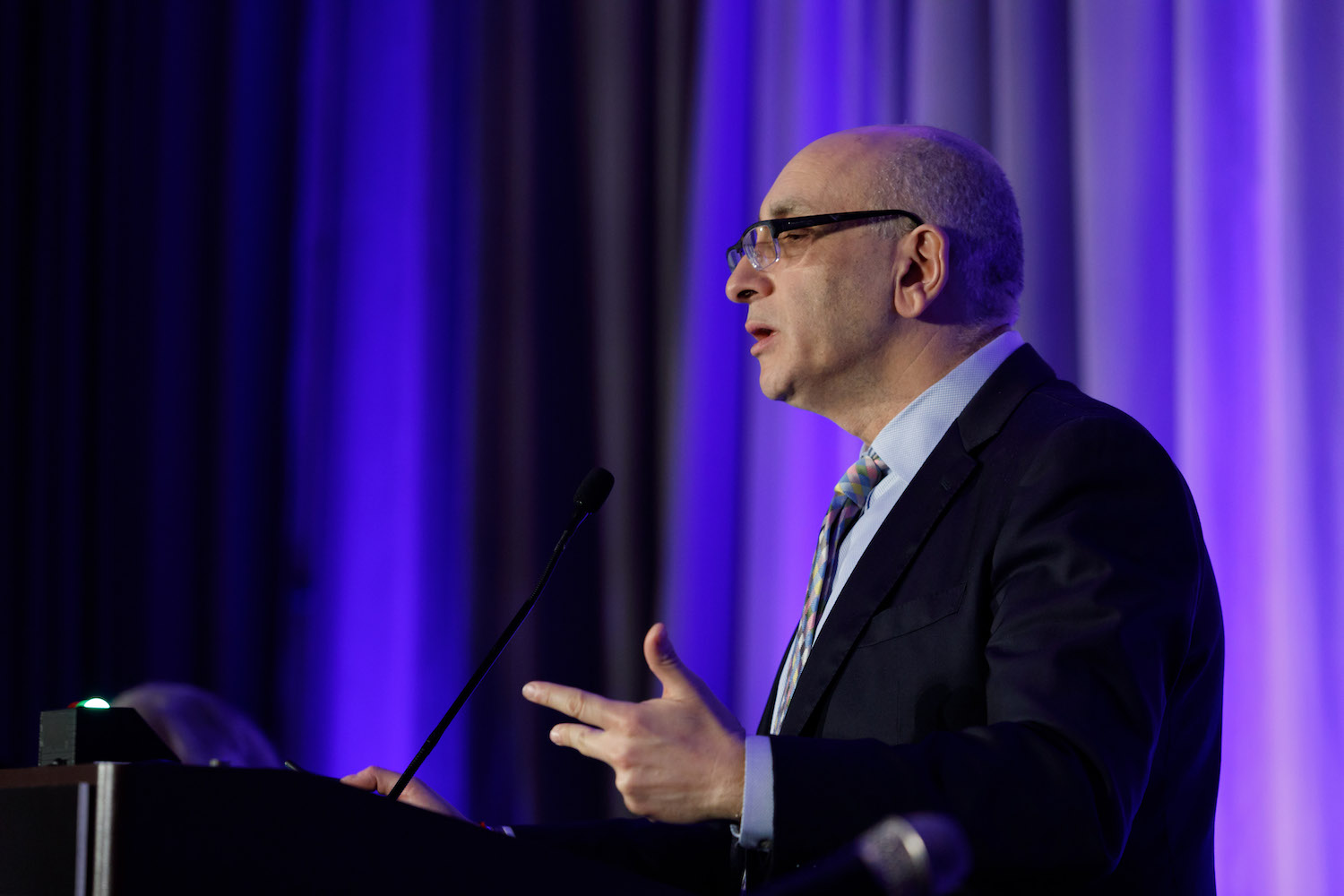At the 2025 ODAC Dermatology Conference, Dr. Anthony Fernandez, MD, PhD, delivered an insightful presentation on Advances in Psoriasis Treatment: Emerging Therapies and Future Directions.
Despite the abundance of systemic medicines to treat psoriasis, ongoing research provides hope for even better outcomes for patients with psoriasis in the future.
In his session, Dr. Fernandez reviewed the evolution of systemic psoriasis treatments with 14 agents approved since 2004 including 12 biologics and two small molecule inhibitors. He also discussed promising advancements that could reshape the treatment landscape.
Highlights include:
- Oral cytokine inhibitors such as DC806, DC853, and icotrokinra, all demonstrating encouraging efficacy in early-phase clinical trials.
- Nanobody therapies, including sonelokimab, showing superior skin penetration and robust PASI responses in phase 2 trials.
- A novel treatment concept known as “knockout therapy”, explored in the KNOCKOUT study by Dr. Andy Blauvelt, using high-dose IL-23 inhibitors to potentially induce long-term remission or even disease modification.
- The potential future role of CAR T-cell therapy in psoriasis, based on early success in other immune-mediated diseases.
Despite existing therapeutic options, the field of psoriasis treatment continues to evolve rapidly. These emerging therapies offer hope for longer-lasting remission and more targeted, effective care.
This session summary was written by Dr. Kala Hurst and published on Next Steps in Derm. Register for ODAC 2026 for more psoriasis updates.






